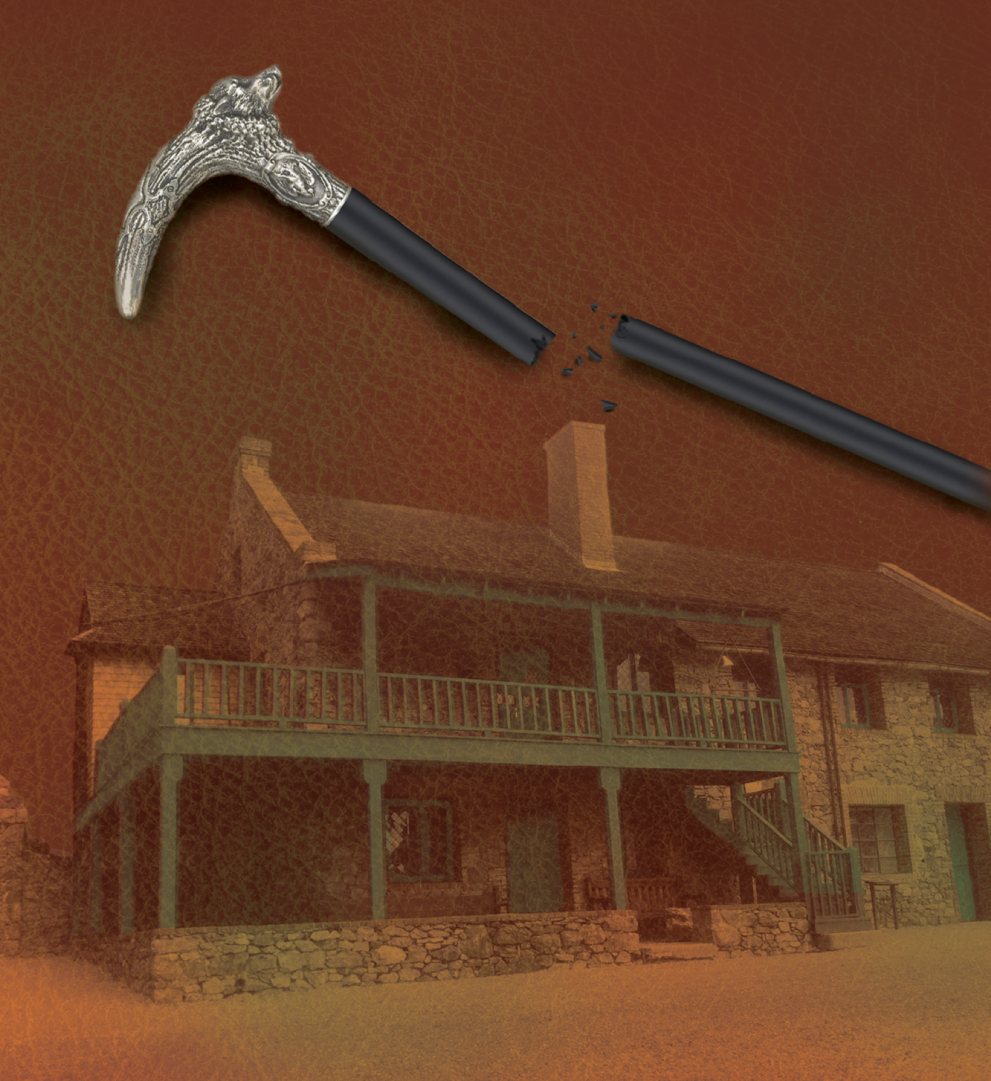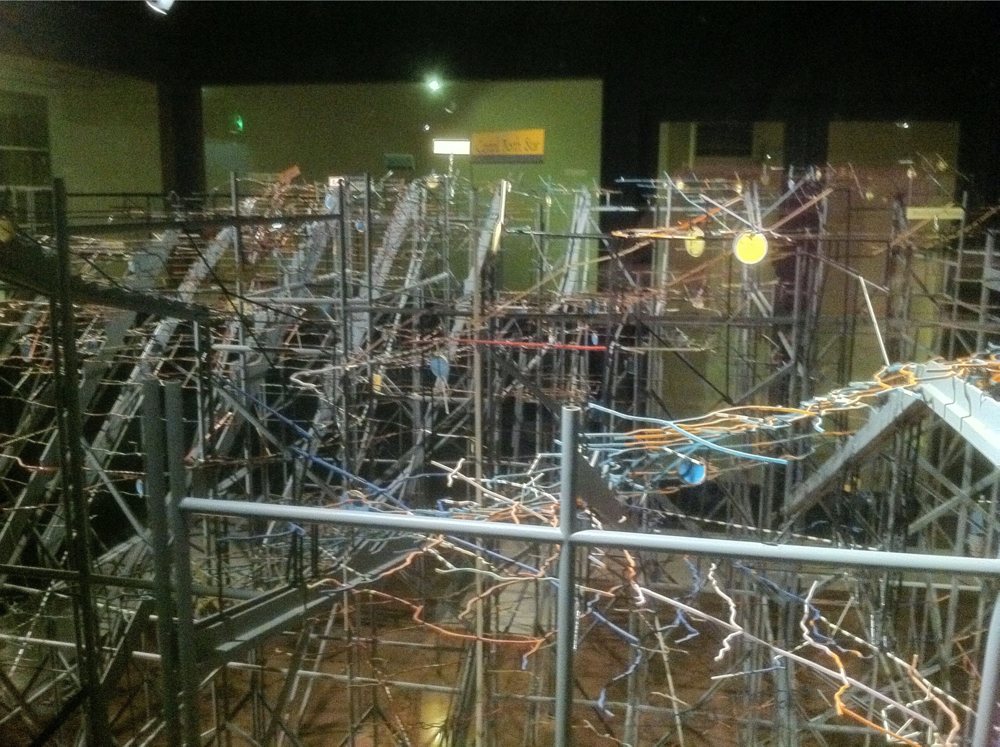Historical research is a daunting task. I grew up reading fat, thousand-page historical novels richly describing every aspect of a time and place. The anticipation of a deep dive into worlds of divergent cultures and forgotten details of human events, drives me to dig through untold chronicles of nonfiction. I look for multiple authorities on a topic; masters of their subject with the passion to pour over old documents, delve through archives, and painstakingly record facts, dates and personal accounts. Their dedication to true representation allows me to present historical accuracy, even as I weave a tale of fiction.
I seek to understand the demands, limitations, innovations, joys and injustices faced by people of an era. Exploration sometimes leads to a “snap” moment. Perhaps, just a lonely sentence describing a quirky, little known fact, that somehow ignites a fuse in my imagination. If nothing else, I have to throw in this rogue detail to be uncovered by one of my characters. History buffs will, as I do, look up these oddities. To them I say – made you look.
Such was the case of the Secret Room of the Empire Mine.
Robbing the Pillars is the first book in The Empire Barons series. My protagonists arrive in post gold rush, early statehood, pioneer California. Every aspect of the state’s landscape – political, environmental, industrial and economic, was impacted by the mass migration of gold seekers from all over the globe with their boom or bust outlook. As I began researching the histories of the gold towns throughout the Sierra Nevada that appear in my story, and the various types of gold mining in the area – surface, underground, placer, and hydraulic, my focus landed on the Empire Mine in Grass Valley.
The Empire Mine became the most productive mine in California, and it has been said for its time of operation – richest producing mine in the world. The Empire State Historic Park still exists in amazing detail and is well worth a visit.
Sifting through all the information I could find on the Empire Mine, I flew cross-country twice to take the expansive guided tours offered there while exploring Grass Valley and Nevada City. My digging uncovered the varied changes of ownership; beginning with a thread of single owners stumbling over the first nuggets to assorted financial moguls.
Jumping ahead to 1867 – half interest in the mine was sold to partners in San Francisco for $125,000; tying in nicely with my story of early tycoons and a rapidly changing political arena. By 1868, San Francisco investors had complete power over the Empire Mine. And in 1869 William Bourn Sr. gained control.
The secret room was mentioned only briefly – disclosing that surrounding windows had been blackened to hide its existence from all employees at the mine except the board and the owners. Inside the secret room, was a scale model of the underground workings of the mine representing an area of five square miles and 367 miles of tunnels, some connecting to neighboring mines. This model, still on display at Empire Mine Historic Park in Grass Valley, was built much later than my story – in 1938. Huge parts of my novel spawned from these few facts. But given all that I had researched for the Empire Mine and the California gold rush, this little nugget of information ignited a mood, a mystery and a story suggesting the hidden agendas of my secret consortium of frontier barons. Even today, it is estimated that only 20% of the ore has been taken out of the mine before production was shut down. Imagine that . . . 80% of the ore in the richest producing mine in the world still waits undisturbed. Sounds like a future story yet to be told.
Subscribe to Kalen’s newsletter for information concerning upcoming events and updates to her blog Insights & Historical Notes.



 Subscribe to Kalen's newsletter for information concerning upcoming events and updates to her blog Insights & Historical Notes.
Subscribe to Kalen's newsletter for information concerning upcoming events and updates to her blog Insights & Historical Notes.